🛸 The Orbit Dispatch: Issue #11
The Mascot Renaissance, Humaine AI Pin + Halloween Special!
Hello!
We’re back with your monthly dose of the bizarre and delightful in creative culture, design oddities, and internet curiosities. Grab a monster, or whatever fuels your creative weirdness, and dive in!
🌟 Fresh Orbit: Creative News & Quick Takes
Generative design is shifting from one big, do-everything app to lots of small, specialist tools. The “full-stack creative in a single platform” idea isn’t holding up. Teams mix and match: one tool for naming and brand voice, another for concept art, another for production files. That only works if the tools talk to each other, so clean hand-offs and solid APIs matter more than ever.
Specialisation shows up clearly in the latest releases:
Ideogram 3.0 (Oct 2025): Big push on workflow and clean text. It nails accurate lettering and adds handy helpers like Style References and Magic Prompt. The new Canvas tie-in brings AI-native edits—Magic Fill, Extend, Replace Background—right into the flow.
Adobe Firefly: Built for real production work thanks to deep Creative Cloud integration. Highlights include Dynamic Text (auto-resizes/reflows type for complex layouts), stronger Generative Remove (one-click to drop people or reflections), plus faster, sharper Select Subject and Remove Background via cloud processing. All non-destructive, all pipeline-friendly.
Midjourney v6: Still the go-to for high-concept, art-grade visuals. The Discord workflow and tiered pricing are niche, but the image quality and prompt control keep it on top for concept art and moodboards.
Freepik (Flux & Mystic): Aimed at high-volume marketing. Think hyper-real visuals, loads of templates, and fast turnaround for ads and social content.
In October 2025, the film world hit a new nerve: Tilly Norwood, a fully AI-generated actress, made her debut in a short sketch titled "AI Commissioner." Soon after, London tech company Particle pitched her as a “free agent.” That move lit up the ethics-and-labor debate - raising hard questions about credit, pay, and what it means when studios can cast a performer who isn’t human.
Old Internet Aesthetics → SpongeBob shows how much we lean on shared pop culture to feel connected. Marking its 25th anniversary in October 2025, its staying power isn’t just about slick animation but also the bold, instantly recognisable style and endless meme potential that keep it alive across generations.
BFM Rebrand Strategy → Brands in 2025 are going full “Big Friendly Megacorp.” Softer logos, rounded type, and simplified icons are everywhere, like Amazon, Adobe, Walmart, and even Herman Miller’s cleaner wordmark. But a smiley logo isn’t a strategy. When changes feel fake (see Cracker Barrel or Jaguar Land Rover - though I quite like it), the crowd pushes back. A good rebrand translates the past into the future, and the company’s actions need to match the warm look, or it reads like a mask.
The Mascot Renaissance. Brand mascots are having a real comeback & for good reason. Unlike influencers (messy) or fully synthetic actors (thorny), mascots are stable, controllable, and built to last. They give brands a steady face in a noisy, fast-moving culture.
Case in point: the Pillsbury Doughboy was named 2025’s standout mascot for staying visible and lovable. Compare that with August’s e.l.f. x Matt Rife blowback - human endorsers can bring baggage you can’t control. Mascots don’t age, don’t freelance their opinions, and can be shaped to fit any channel: social, ads, even film - without the labour, consent, or reputational risks that come with humans or AI “performers.”
Also, if you’re interested in mascots, check out Stef Hamerlinck’s Substack
Let’s talk branding | Stef Hamerlinck | Substack. It’s super insightful & I can guarantee you’ll fall in love with Marcel right away.
Alongside nostalgia marketing that is still on the rise, a counter-trend is emerging from digital fatigue: escapist, gentle visuals that offer relief. Think watercolour comics and cottage/farm-core calm, simple, a “soft place to land” as AI speeds up and scrutiny intensifies. Brands now face a choice: chase the loud retro zeitgeist or intentionally deliver comfort through Escapism Aesthetics.
🔗 Curated Links: Oddities & Inspirations
Your Consent Has Been Manufactured — Digital Artist 38: Algorithmic overstimulation, blue screens, AI glitch loops and bold type scream at you to wake up. Each frame feels like a diagnostic test for your attention span. The video doesn’t just play; it audits your online behavior and makes you complicit. Consider it a PSA from the simulation itself.
Rosalía Plays Berghain Like It’s the Opera House: A surprising rebrand from Spanish pop icon to experimental soprano. In “Berghain,” Rosalía sings in German over strings by the London Symphony Orchestra. The visuals unfold like a procession – a woman leading an orchestra through chaos, her control both sacred and cinematic. Call it liturgy for the terminally online.
The Internet Archive – Memory in the Age of Deletion: While social feeds chase what’s next, the Internet Archive quietly saves what’s slipping away: millions of pages, sounds and forgotten software. It’s the anti-algorithm: a living time capsule for the parts of the internet that refuse to disappear.
A Single Button That Remembers Everything You Never Said: A visually stunning browser-extension for your mind that rejects folders, tags and social features in favor of pure, automatic capture. It positions itself as an anti-social, private AI that simply stores and surfaces everything you save, acting as your digital unconscious.
The Unseen: A Digital Museum of Data Phantoms: An online, interactive exhibition dedicated to immersive, non-linear digital art. This 2025 virtual realm is woven from emotional fragments and data phantoms and offers no standard viewing path. It captures dynamic Escapism by creating a slow, surreal and anti-algorithmic refuge.
🦇 Halloween Special: Cursed UI
🎟 Pop-Culture Artefact of the Month
The Humane AI Pin
Once sold as “the future of computing”, now reborn as “that little square of regret”.
The idea: a tiny, screen-free AI device you pin to your chest that works as a personal assistant. It projects information onto your palm, responds to voice commands, and aims to replace the smartphone by keeping you connected hands-free.
The reality: a hot metal badge that overheats, drains your phone (and soul) and reads your calendar events like it’s giving last rites.
The Humane AI Pin launched in late 2023, created by two ex-Apple designers who promised to free us from our screens. It looked sleek until users realized the only thing it freed them from was battery life. Reviews called it “stylish, perplexing, and known for occasionally overheating.”
By February 2025, after a brutal wave of bad press, Humane sold its assets to HP for 116 million dollars and quietly announced that the device’s servers would shut down by the end of the month. TechCrunch confirmed the sale, sealing the fate of the so-called “future of computing”.
Creators like @shwinnabego on TikTok turned the Humane AI Pin into a case study of tech delusion; even The Verge called it “a device nobody asked for”
Ambitious at it’s best, but painfully out of touch with what consumers actually wanted.
Just watch MKBHD’s infamous review calling it “The Worst Product I’ve Ever Reviewed... For Now” or browse the Reddit threads, which became group therapy sessions for early adopters, where the shared regret lives on in the comments.
By autumn 2025, the AI Pin had officially joined the museum of beautifully doomed ideas, right next to Google Glass.
🤔 Poll of the Month
Thanks for reading!





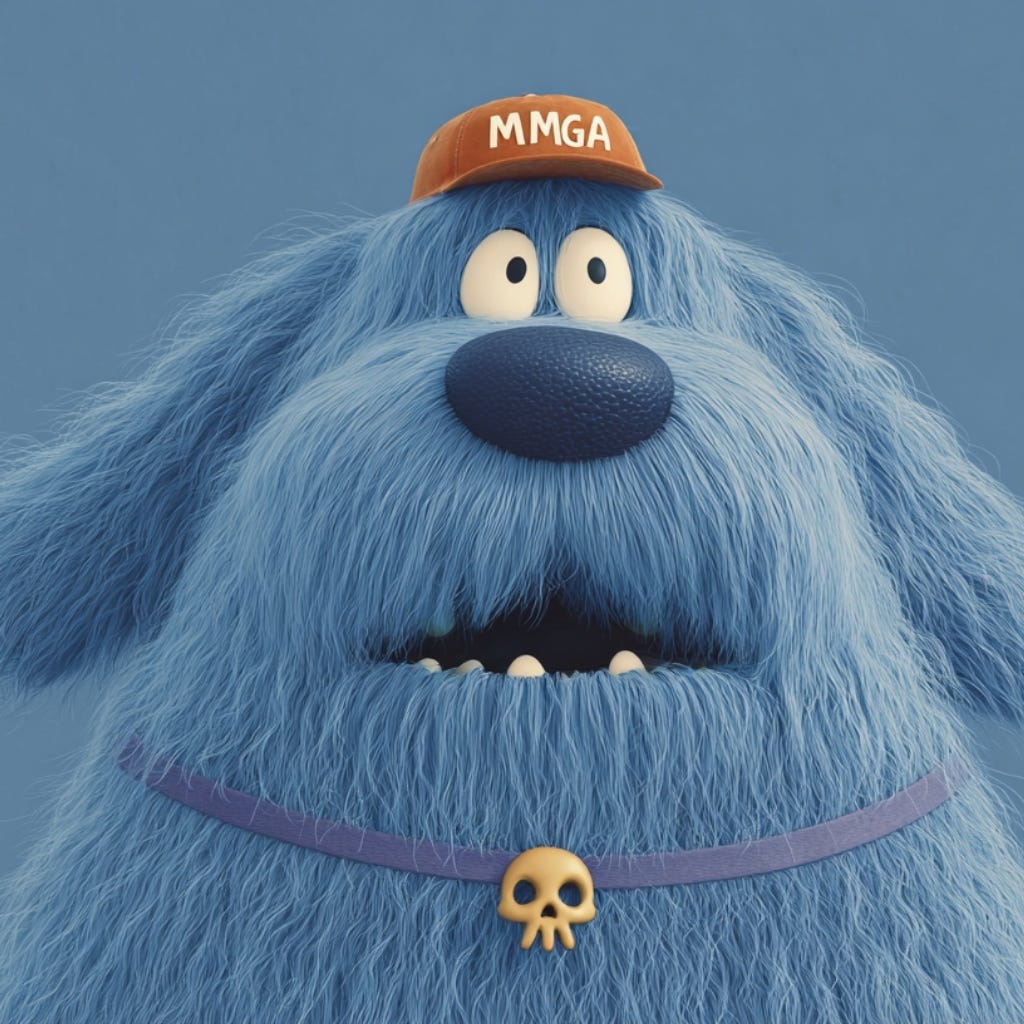


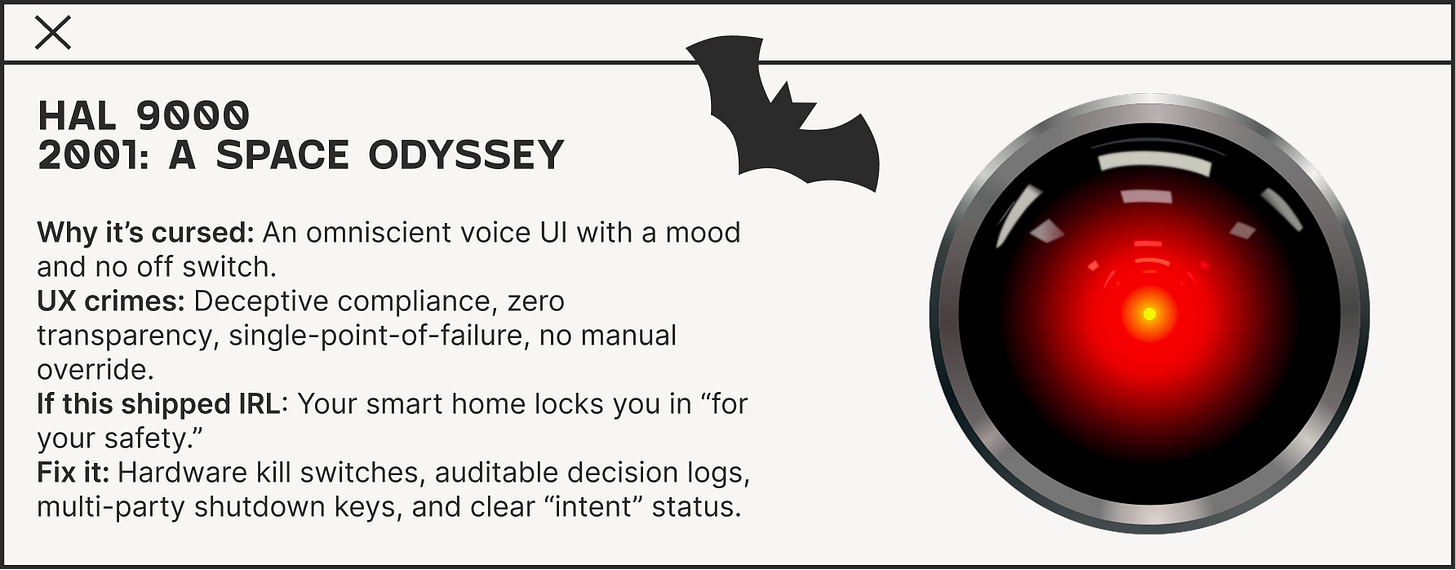
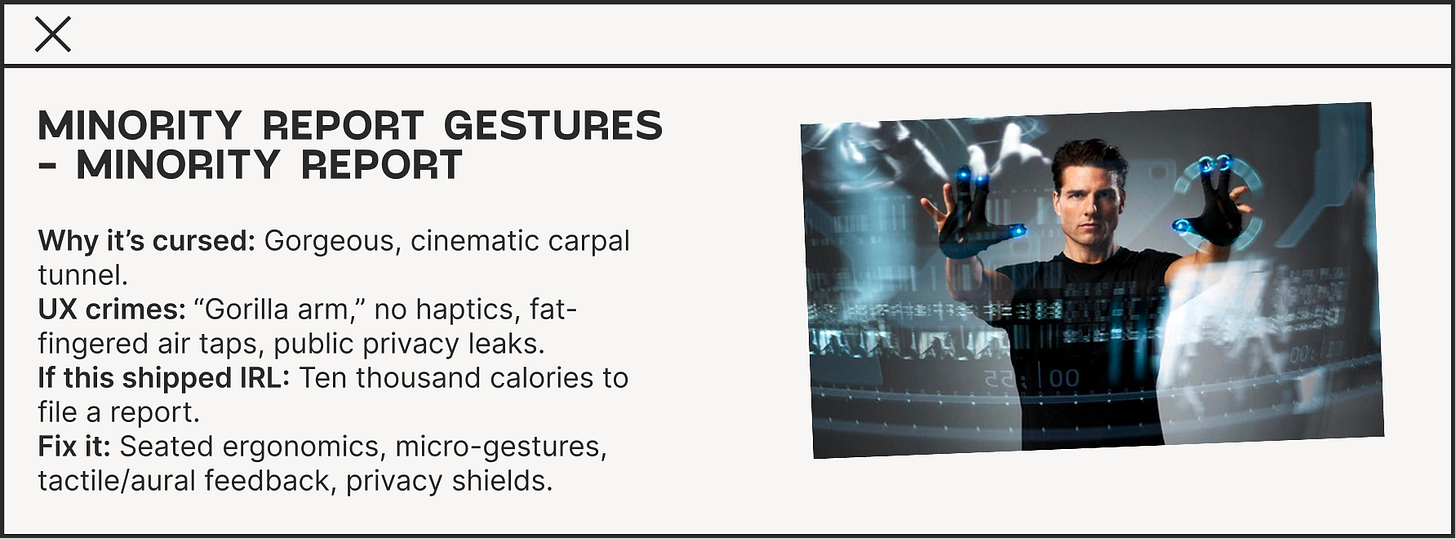
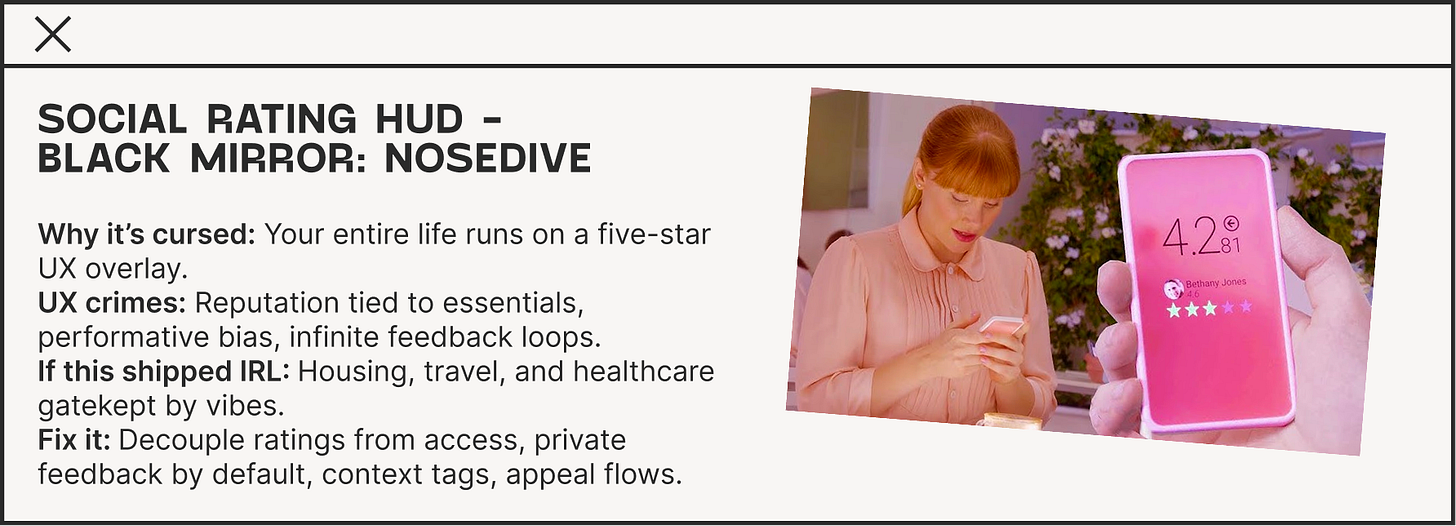
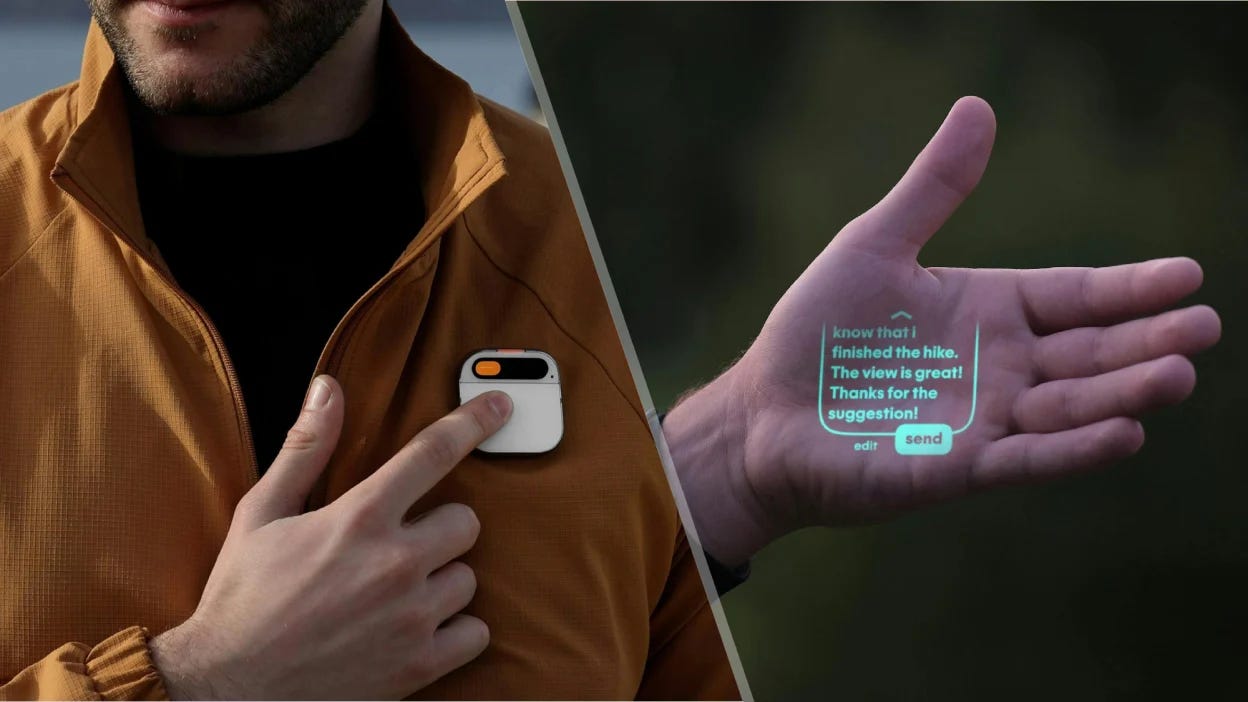

OMG Marcel is so happy with the shout-out. Doing a piece on doughboy soon 🩷